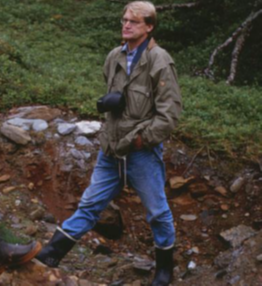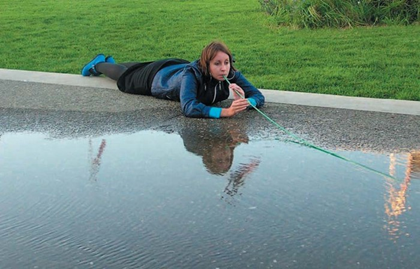 I have gone on my share of geology field trips with visiting geologists from around the world. We typically visit exposures of glacial sediment, commonly found in gravel pits, and discuss what we see. When a colleague of mine from the Norwegian Geological Survey stooped to drink from a puddle in a gravel pit in Minnesota, I was horrified. I think I may have smacked the water out of his hands. He stayed thirsty and confused about why I was convinced that our water was not safe to drink.
I have gone on my share of geology field trips with visiting geologists from around the world. We typically visit exposures of glacial sediment, commonly found in gravel pits, and discuss what we see. When a colleague of mine from the Norwegian Geological Survey stooped to drink from a puddle in a gravel pit in Minnesota, I was horrified. I think I may have smacked the water out of his hands. He stayed thirsty and confused about why I was convinced that our water was not safe to drink.
Why did I assume that puddle water was undrinkable? Dangerous, even?
This was an “exposure” of the water table aquifer, a place where digging for sand and gravel had exposed the groundwater. We were in a rural setting in dairy country and my presumption was that, compared to our deeper groundwater, this was not as safe (but probably better than drinking from a nearby stream).
What are your expectations? Should we expect deep groundwater to be drinkable without treatment? How about shallow groundwater that is replenished by rain but potentially carries with it anything on the surface? Do you think about it at all?
One of our biggest challenges is to get people to think about where their water comes from (and the answer isn’t “the tap”) and how groundwater is connected to surface water. Then we can start tackle the bigger issues of how clean we’d like it to be and how to improve groundwater quality.
— Carrie Jennings, research and policy director
